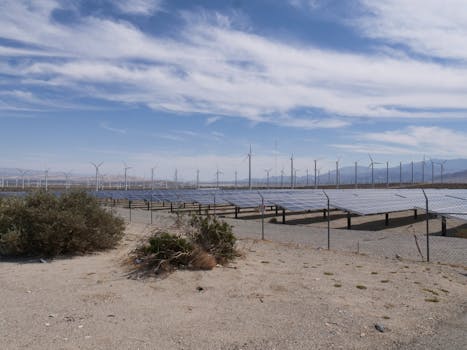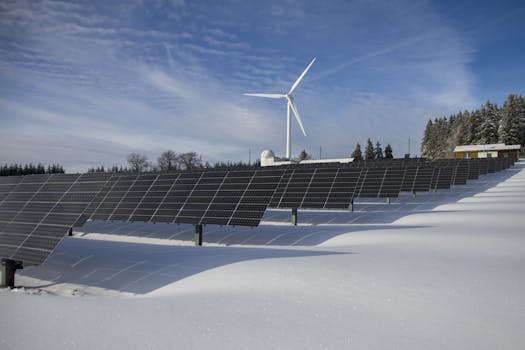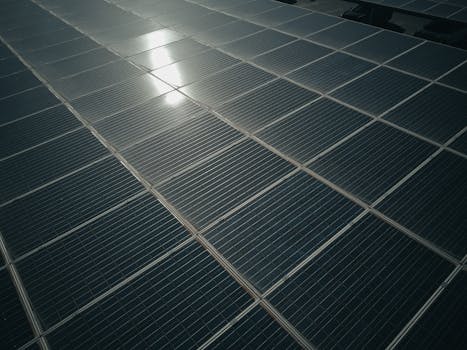
Introduction to Renewable Energy Innovations

As the world grapples with climate change and seeks sustainable solutions, renewable energy has emerged as a beacon of hope. Across the globe, technological advancements in solar and wind energy—alongside new discoveries in alternative resources—are paving the way for a transition to cleaner, more sustainable power sources. In this article, we will explore the latest innovations shaping the future of renewable energy.
Solar Energy Breakthroughs

The solar energy sector has witnessed remarkable innovations in recent years. One of the most significant advancements is the development of bifacial solar panels, which capture sunlight on both sides, increasing energy generation potential by 10-20%. In addition, solar tracking systems have become more sophisticated, enabling panels to follow the sun throughout the day to optimize exposure.
Another noteworthy innovation is the rise of solar shingles—integrated photovoltaic shingles that serve as both roofing material and energy generators. This seamless combination of aesthetics and functionality appeals greatly to homeowners looking to adopt solar energy without the bulky appearance of traditional panels. Moreover, new materials such as perovskite solar cells promise to drive down costs and enhance efficiency, making solar energy even more accessible.
Advancements in Wind Energy

Wind energy continues to be a vital pillar of renewable energy. Recent trends illustrate increasingly larger and more efficient wind turbines. The latest designs feature longer blades that capture more wind energy, which significantly boosts their effectiveness. Hywind, the world’s first floating offshore wind farm, exemplifies this progression, allowing wind energy generation in deeper waters previously deemed unfeasible.
Additionally, artificial intelligence (AI) is becoming instrumental in optimizing wind farm operations. AI can predict engine performance and maintenance needs, enhancing efficiency and reducing operational costs. As technological advancements continue to unfold, wind energy is diversifying with horizontal and vertical axis designs, increasing placement versatility and harvesting capabilities.
Beyond Solar and Wind: Emerging Innovations

While solar and wind dominate the conversation around renewable resources, innovations in other areas are equally promising. For instance, advances in battery storage technology are critical for overcoming the intermittent nature of renewable energy supply. Lithium-ion, solid-state, and flow batteries are all undergoing rapid development to bolster efficiency and reduce costs.
Moreover, hydrogen fuel is forging a new path for energy storage and clean transportation segments. Using electrolysis—a process that splits water into oxygen and hydrogen using electricity—green hydrogen can provide an efficient and sustainable energy source. As industries explore this technology, hydrogen could decarbonize sectors like shipping and heavy transport that are harder to electrify.
Conclusion: The Future of Renewable Energy

The transition to renewable energy resources is no longer a matter of choice but necessity. Through groundbreaking innovations in solar, wind, and new technologies like battery storage and hydrogen fuel, we can achieve a more sustainable, cleaner future. Each advancement brings us closer to reducing our carbon footprints and becoming less reliant on fossil fuels, moving toward an eco-friendly energy landscape beneficial for all.



